Mammut Sports Group has bought SnowPulse. It appears the partnership first seen in the USA last January at the Outdoor Retailer Show as a Mammut branded airbag pack with SnowPulse technology has become a full fledged acquisition.
From their press release:
Snowpulse represents a valuable addition to its portfolio, giving Mammut access to leading technology in the avalanche airbag market. Besides being the first company to seriously compete with ABS, the original avalanche airbag pack company, SnowPulse has developed R.A.S. technology which allows allows the entire airbag and inflation bottle to be removed and used in another compatible pack, or simply removed altogether to maximize pack volume. With the addition of airbag pack technology to Barryvox avalanche transceivers Mammut strengthens its standing as a market leader in avalanche safety equipment.
Keep making backcountry turns

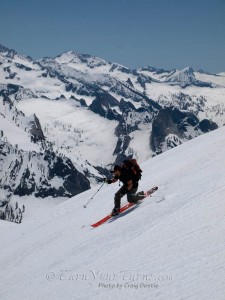
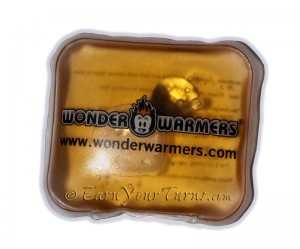
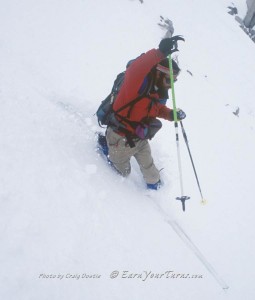
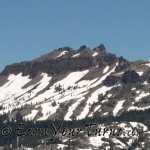
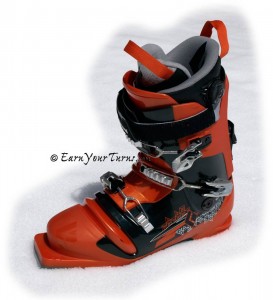
Recent Comments